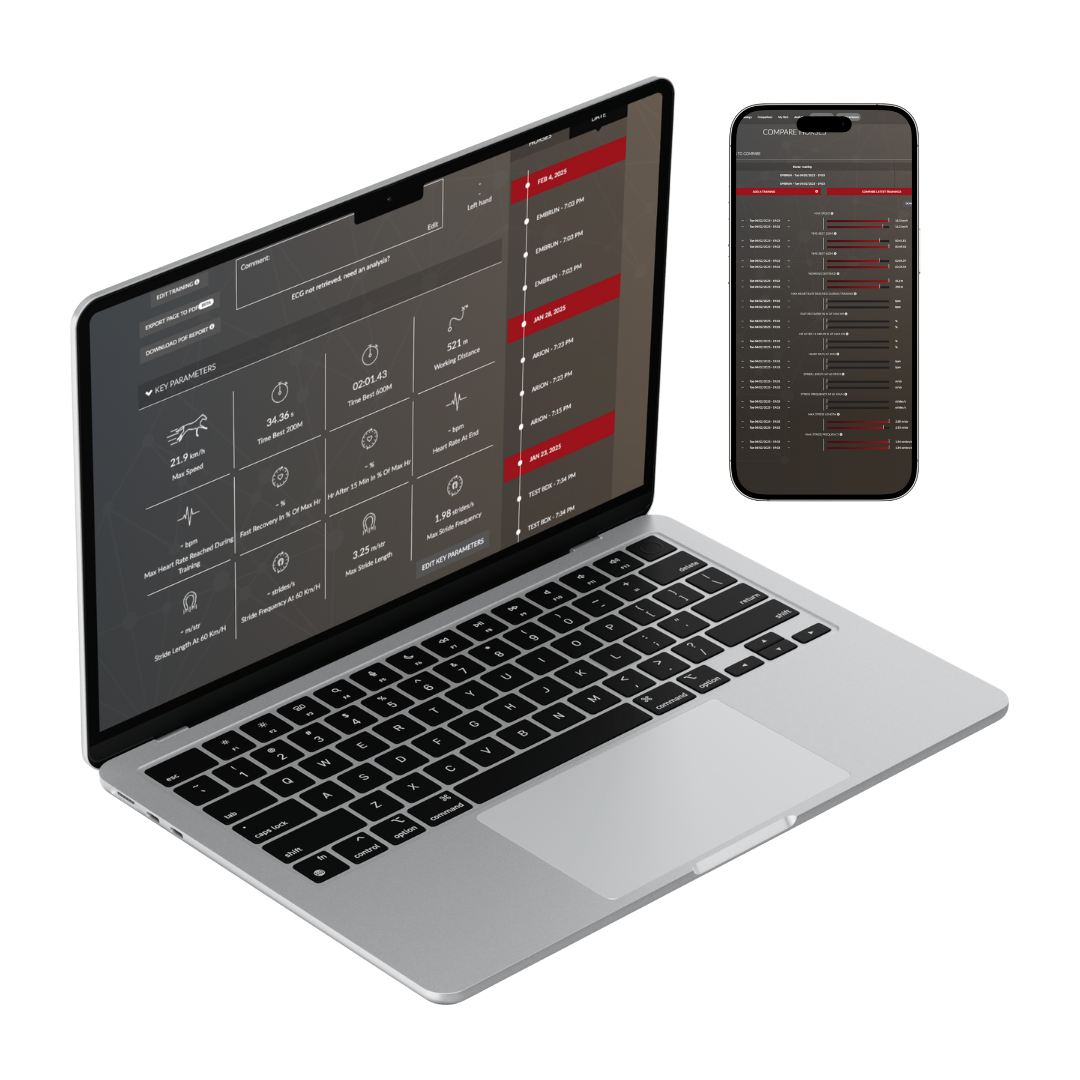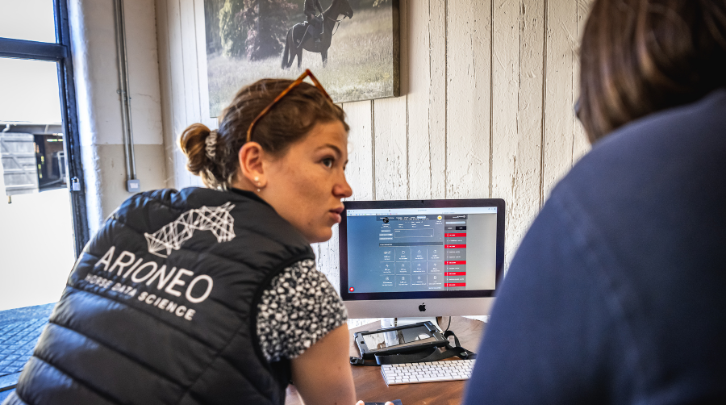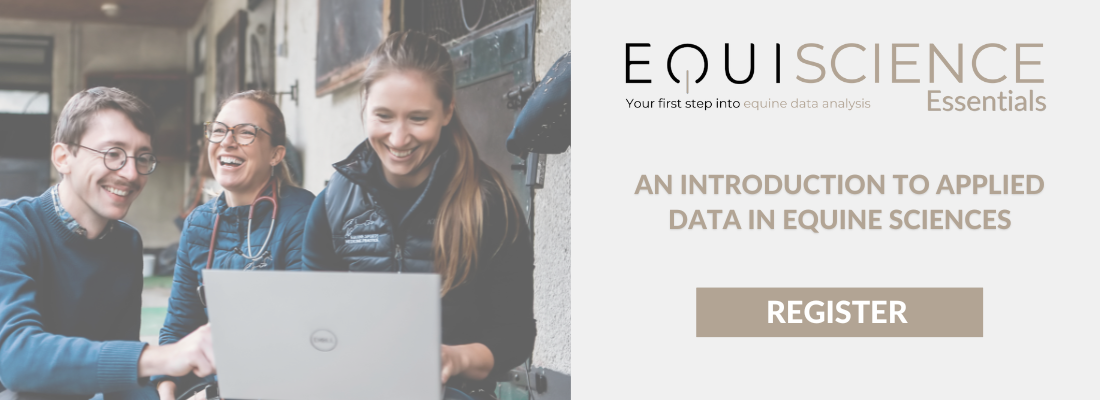In the horseracing industry, more and more trainers and owners are exploring the combination of human intuition and data science to optimize the performance and well-being of their horses. Sensors take this further by offering an objective approach to monitoring and optimising performance.
But how do you begin collecting data, and how can you leverage this tool to its fullest potential?
1. Defining your needs
Before integrating sensors into your training routine, it’s essential to determine your objectives.
- Are you looking to oversee your horses’ recovery?
- Assess their fitness levels?
- To prepare them for their next race?
- To optimize their race entries?
- To prevent the risk of injury?
- Generally speaking, what information do you need to make decisions?
Once you have identified these needs, you can concentrate on the most important aspects that will enable you to turn this data into winning decisions.
2. Collecting data efficiently
To get the most out of data, regularity is essential. It’s important to integrate sensors into your routine so that you can collect data as regularly as possible. The more data you collect, the better! In order to monitor your horses’ performance and health properly, they must be monitored at least several times a month.
In addition, data comparisons between training sessions will be more relevant if your sessions are standardised. Identical warm-up and recovery from one session to the next guarantee uniform conditions for analysis. Without this uniformity, comparing performances becomes hazardous: a horse that has trotted during recovery will not display the same heart rate data as one that has stopped immediately after exercise.
Finally, proper installation of the equipment is essential for collecting reliable data. It may be necessary to train some of your stable staff. Through our Essentials program training course, you will discover a wealth of practical advice for setting up and structuring your data project within your stable.

3. Customizing your platform and keeping your database clean and well-edited
The Equimetre platform allows you to customize 12 ‘key parameters’, which will be the main information you get from your training. By default, the platform offers 4 speed parameters, 4 cardio parameters and 4 locomotion parameters.
It is also essential to ‘edit’ your training sessions. This means indicating the external conditions of the workout: the track name, surface, condition, and type of workout. This is important to keep a clean database and to be able to compare similar training sessions. You won’t be able to compare a training session on an uphill sand track with a barrier trial on a grass track for example.
4. Learning how to interpret and exploit data
Collecting data is one thing, but knowing how to analyse it is another. Incorrect interpretation can lead to inappropriate decisions. It is therefore crucial to learn how to:
- Interpret the main parameters calculated by the sensor: speed, heart rate, recovery, locomotion, warm-up, etc.
- Analyse a horse’s data over time, monitor its progress and identify abnormal data.
- Compare training sessions between horses working in the same group.
- Identify signs of fatigue, overtraining, injury or heart pathologies.
- Adjust training programs according to the data collected.
Data analysis can’t be improvised. To draw the right conclusions and optimize your training decisions, you need to master the right interpretation methods. That’s what the Essentials program course is all about. Thanks to this course, you’ll be able to use data in a relevant way and improve the management of your horses with a factual and objective approach.
Trust the process
Using the Equimetre is a long-term process. Its use is beneficial in all horizons. Some benefits will come in the longer term.
What you can expect from your data collection project in the short term:
- Overview of the health and performance of your horses
- Comparison of horses that have worked together
- Comparison with the database of horses of the same age in your country
- Detection of unusual data and anomalies
Medium-term:
- Longitudinal analysis of a horse
- Definition of the locomotor profile of each horse and its preferred theoretical race distance
- Prevention of injuries, detection of pathologies
Long-term:
- Individualisation of horse training programs
- Comparison of the 2-year-olds of the year with the 2-year-olds of the previous year and detection of future performers
Use of the last recordings before previous races as a basis for preparing for the next race
Testimonial – Caroline Jennings and the Advanced program : revolutionizing equine research
Conclusion
In a sector as competitive as horseracing, integrating data into decision-making is a major asset for optimising the performance and health of horses. Tools such as Equimetre can be used to gather invaluable information, but you still need to know how to use it effectively.
That’s where the Essentials program comes in. Designed to help you structure and interpret your data, it will give you the keys to :
✔️ Understand the key indicators and their impact on performance.
✔️ Implement a data collection and analysis strategy tailored to your objectives.
✔️ Use analysis tools to make informed, accurate decisions.
Whether in the short, medium or long term, good data management will enable you to detect anomalies, refine your training programmes and anticipate your horses’ needs. With the Essentials program, transform your data into a real performance lever and give your stable a decisive advantage.
🚀 Join us now and make data science an essential ally in your success!
Key words: Arioneo, Arioneo Institute, Essentials, data, horse, athlete, training, science.



